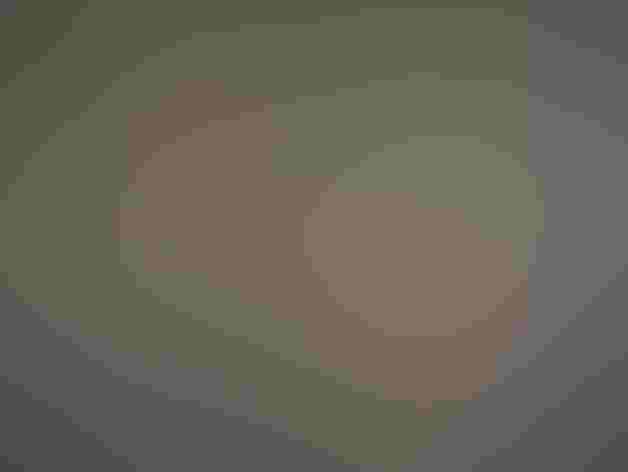Gadwall
At a Glance
In many of our dabbling ducks, the males have bright ornate patterns, while the females are plainly marked with brown and gray. In the Gadwall, even the male looks plain at a distance; only a close view reveals subtle but beautiful colors. Although it is widespread in North America (and in Europe and Asia as well), the Gadwall is most common on inland waters west of the Mississippi River.
All bird guide text and rangemaps adapted from Lives of North American Birds by Kenn Kaufman© 1996, used by permission of Houghton Mifflin Harcourt Publishing Company. All rights reserved.
Category
Duck-like Birds, Surface Feeding Ducks
Conservation
Low Concern
Habitat
Coasts and Shorelines, Freshwater Wetlands, Lakes, Ponds, and Rivers, Saltwater Wetlands
Region
Alaska and The North, California, Eastern Canada, Florida, Great Lakes, Mid Atlantic, New England, Northwest, Plains, Rocky Mountains, Southeast, Southwest, Texas, Western Canada
Behavior
Direct Flight
Population
4.400.000
Range & Identification
Migration & Range Maps
Migrates in flocks. Not a long-distance migrant, most wintering north of the tropics. Some southern breeders may be permanently resident.
Description
18-21" (46-53 cm). Male mostly gray, with contrasting black stern. Female mottled brown, with gray and orange bill. Note head shape, with steeper forehead than female Mallard. Square white patch on trailing edge of wing obvious in flight, sometimes visible while swimming.
Size
About the size of a Crow, About the size of a Mallard or Herring Gull
Color
Black, Brown, Gray, Orange, White
Wing Shape
Broad, Pointed, Tapered
Tail Shape
Rounded, Short, Wedge-shaped
Songs and Calls
Utters duck-like quack; also chatters and whistles.
Call Pattern
Flat
Call Type
Croak/Quack, Rattle, Whistle
Habitat
Lakes, ponds, marshes. In summer mainly around fresh or alkaline lakes in prairie regions or western intermountain valleys where land is open, not forested; also locally in coastal marshes. In migration and winter on marshes, lakes, estuaries, but generally not on salt water.
Sign up for Audubon's newsletter to learn more about birds like the Gadwall
Behavior
Eggs
8-11, sometimes 5-13. White. 2 or more females sometimes lay in same nest. Incubation is by female only, 24-27 days.
Young
Leave nest shortly after hatching. Female leads young to water, where they find their own food; often seen on more open water than young of other dabbling ducks. Young are capable of flight 48-59 days after hatching.
Feeding Behavior
Forages mainly while swimming by taking items from surface or by dabbling with head submerged, sometimes by up-ending, occasionally by diving. Rather seldom forages on land.
Diet
Mostly plant material. Feeds mainly on aquatic plants. Compared to other dabbling ducks, eats more leaves and stems of these plants, fewer seeds. Also eats small numbers of mollusks, insects, crustaceans, rarely small fish. Very young ducklings eat many insects at first before shifting to more vegetarian diet.
Nesting
In one courtship display, male pulls head far back on shoulders and raises rear part of body out of water, with wingtips lifted to show off white patch in wing. Compared to most ducks, nesting begins rather late. Nest: female, accompanied by male, makes prospecting flights to seek site for nest. Site is usually near water, on dry land, surrounded by dense weeds or grass. Nest (built by female) is in a shallow depression, built of grasses, weeds, lined with down.
Climate Vulnerability
Conservation Status
Settlement of the northern Great Plains may have reduced Gadwall numbers more than those of most ducks. Current populations vary substantially from year to year, but not in serious decline.
Climate Threats Facing the Gadwall
Choose a temperature scenario below to see which threats will affect this species as warming increases. The same climate change-driven threats that put birds at risk will affect other wildlife and people, too.








